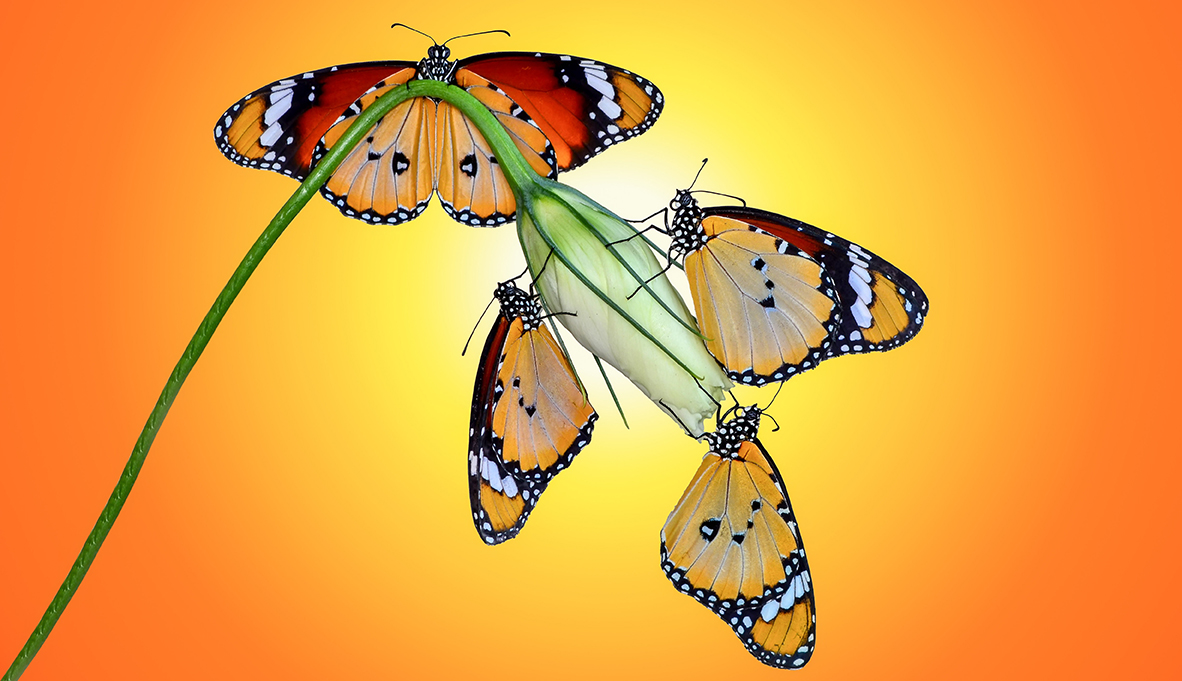First draft of UN Convention on Biological Diversity
July 2021: Biodiversity and its benefits are fundamental to human wellbeing and a healthy planet. However, biodiversity is deteriorating worldwide, and this decline is projected to continue or worsen under business-as-usual scenarios.

The UN Convention on Biological Diversity (CBD) Secretariat has released the first official draft of a new Global Biodiversity Framework. The aim is to guide actions worldwide up until 2030 to preserve and protect nature and its essential services to people. The framework includes 21 targets for 2030 that call for, among other things:
-
At least 30 per cent of land and sea areas (especially areas of particular importance for biodiversity and its contributions to people) to be conserved through effective, equitably managed, ecologically representative and well-connected systems of protected areas (and other effective area-based conservation measures);
-
A 50 per cent greater reduction in the rate of introduction of invasive alien species, and controls or eradication of such species to eliminate or reduce their impacts;
-
Reducing nutrients lost to the environment by at least half, pesticides by at least two thirds and eliminating the discharge of plastic waste;
-
Nature-based contributions to global climate change mitigation efforts of least 10 GtCO2e per year, and that all mitigation and adaptation efforts avoid negative impacts on biodiversity;
-
Redirecting, repurposing, reforming or eliminating incentives harmful to biodiversity, in a just and equitable way, reducing them by at least $US 500 billion per year; and
-
A $US 200 billion increase in international financial flows from all sources to developing countries.
More than two years in development, the Framework will undergo further refinement during online negotiations in late summer before being presented for consideration at CBD's next meeting of its 196 parties at COP15, scheduled for Kunming, China October 11-24. The draft framework proposes four goals to achieve the vision of humanity ‘living in harmony with nature’ by 2050, which was adopted by the CBD's 196 member parties in 2010.
Goal A
The first goal is to enhance the integrity of all ecosystems, with an increase of at least 15 per cent in the area, connectivity and integrity of natural ecosystems, supporting healthy and resilient populations of all species. It aims to see the rate of extinctions being reduced at least tenfold, and the risk of species extinctions across all taxonomic and functional groups, halved. This goal also includes safeguarding the genetic diversity of wild and domesticated species.
Goal B
The second goal is to ensure that, by 2050, nature's contributions to people have been valued, maintained or enhanced through conservation and sustainable use supporting the global development agenda for the benefit of all.
Goal C
The third goal is to make sure that the benefits from the utilisation of genetic resources are shared fairly and equitably, with a substantial increase in both monetary and non-monetary benefits shared, including for the conservation and sustainable use of biodiversity.
Goal D
The fourth goal is to close the gap between available financial and other means of implementation, and those necessary to achieve the 2050 Vision.
The four goals each have two to three broad milestones to be reached by 2030, with ten milestones in all, and has 21 action targets for 2030. The latter include reducing threats to biodiversity, manging human-wildlife interactions to reduce conflict between these areas, ensuring that the harvesting, trade and use of wild species is sustainable, legal and safe for human health and reducing pollution to levels that are not harmful to biodiversity, ecosystem functions and human health. The latter includes reducing nutrients lost to the environment by at least half, pesticides by at least two thirds and eliminating the discharge of plastic waste. Another goal involves drawing upon traditional knowledge, innovations and practices of indigenous and local communities.

The draft Global Biodiversity Framework says that effective implementation requires the mobilisation of resources from both the public and private finance sectors, ongoing identification of risk associated with biodiversity loss capacity development, technical and scientific co-operation, technology transfer and innovation.
It also calls for integration with relevant multilateral environmental agreements and other relevant international processes, including the 2030 Agenda for Sustainable Development, and strengthening co-operation.
The full Global Biodiversity Framework is available
here